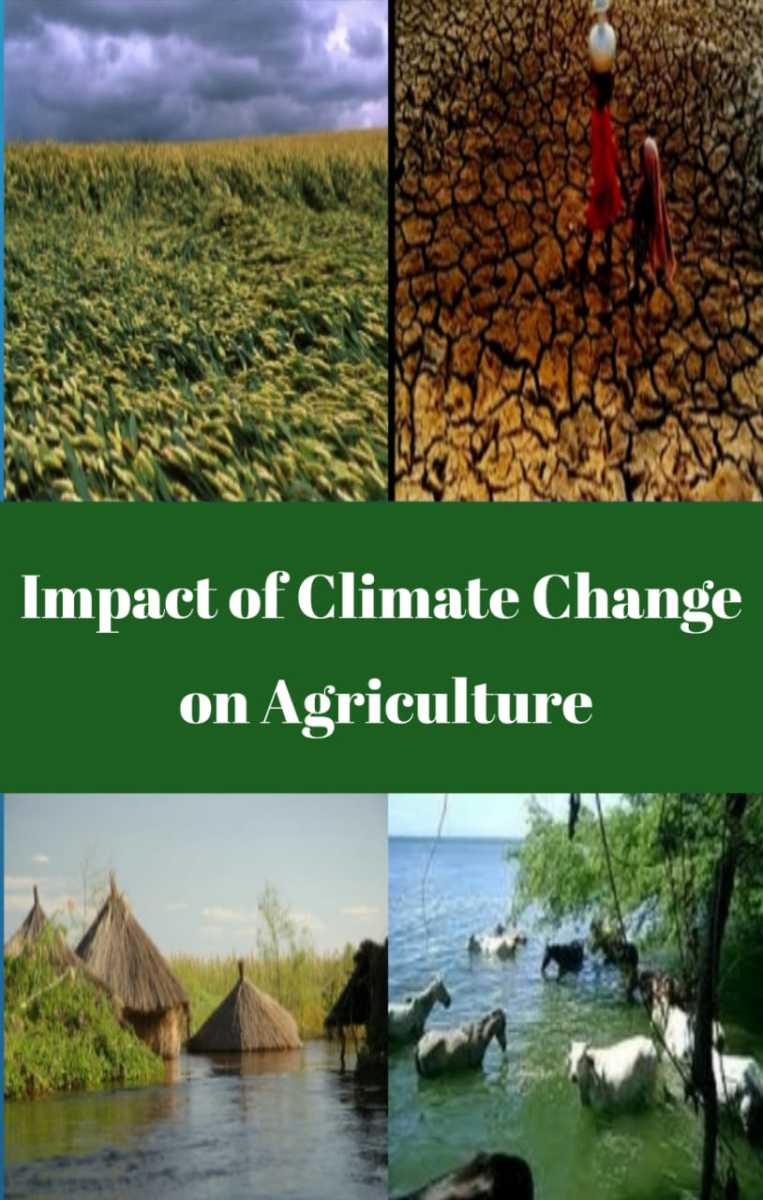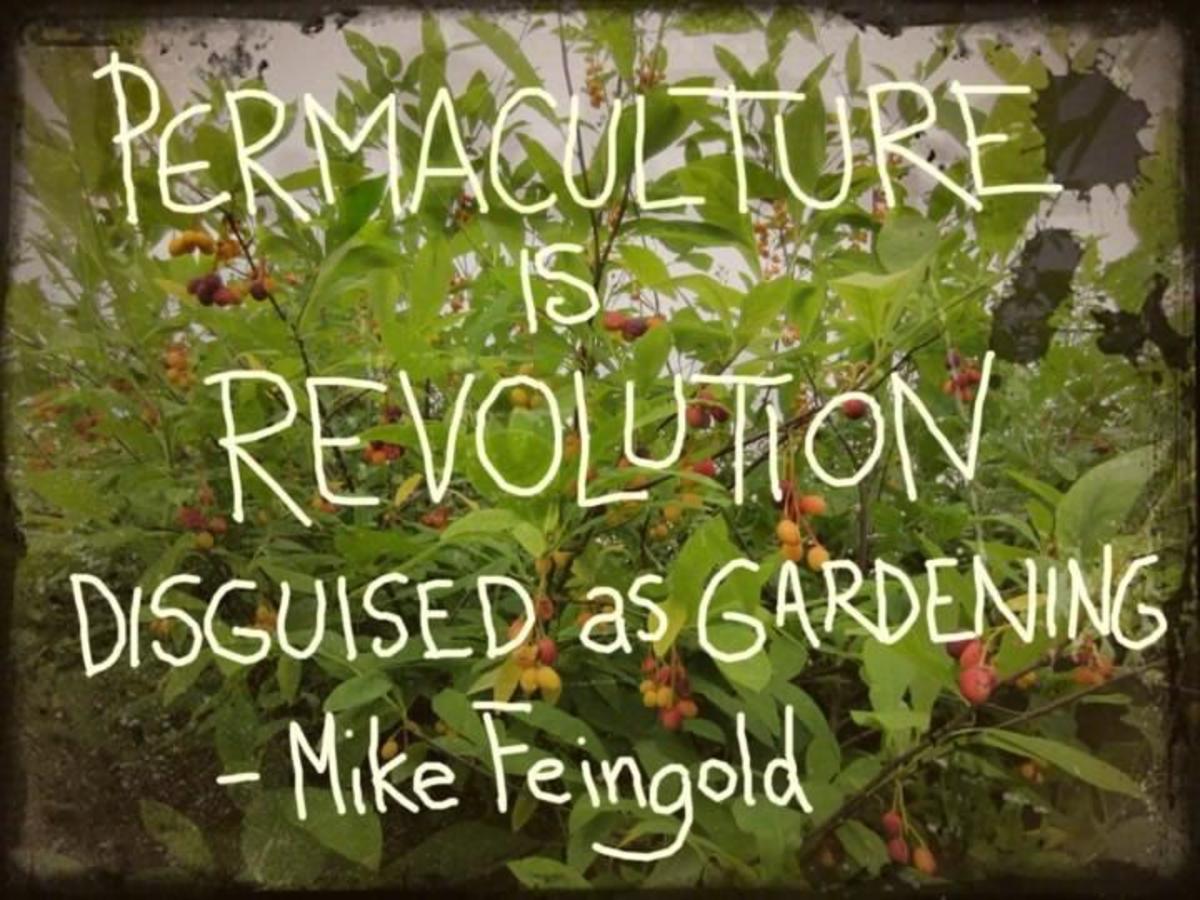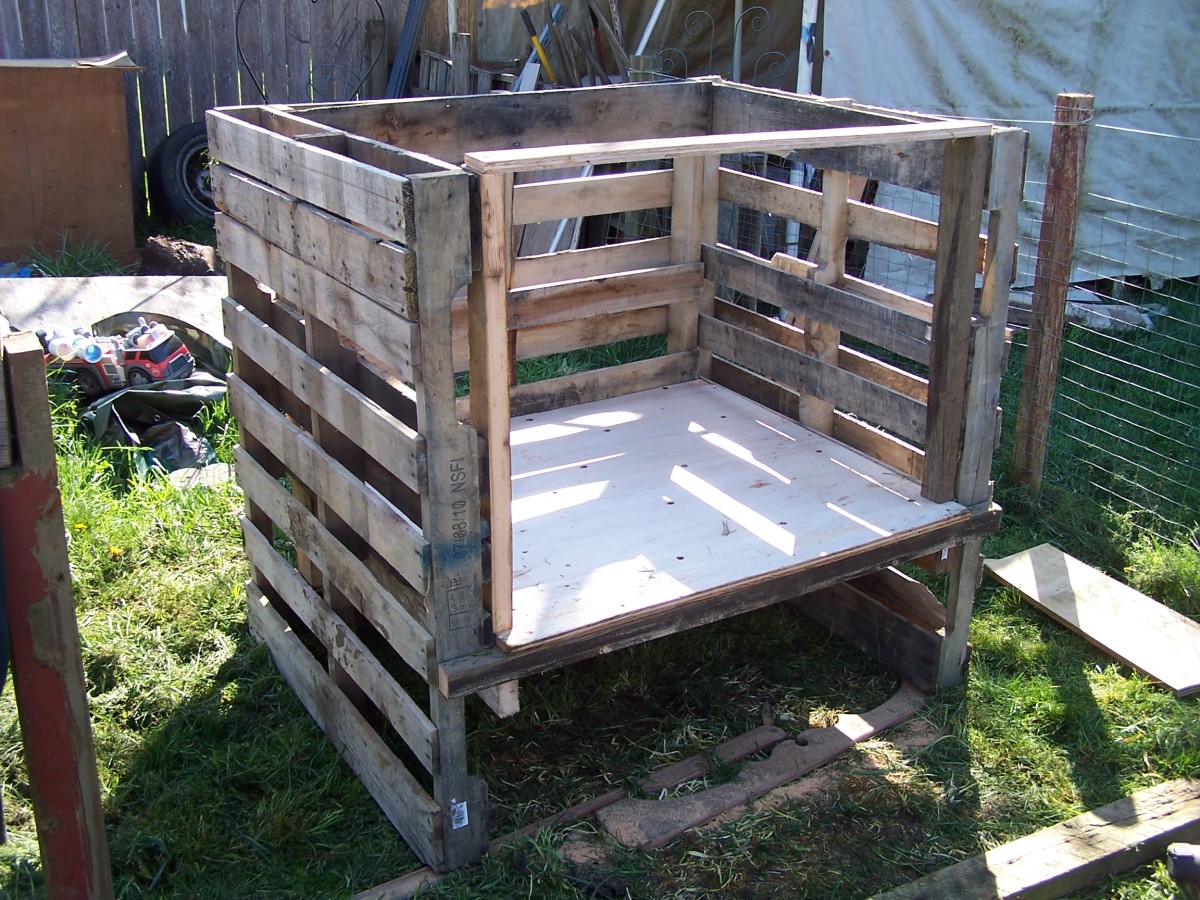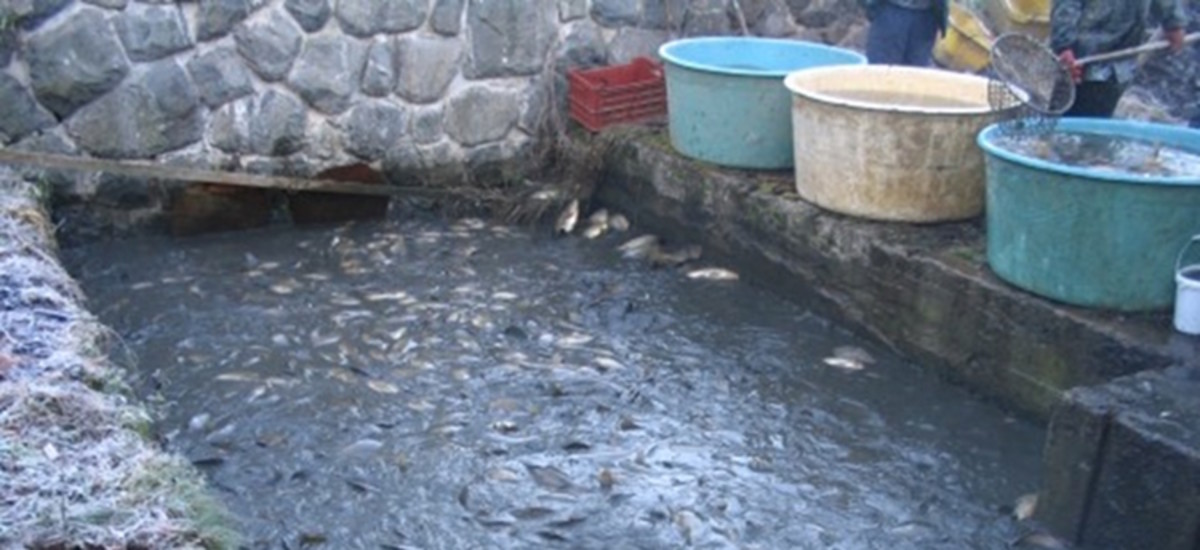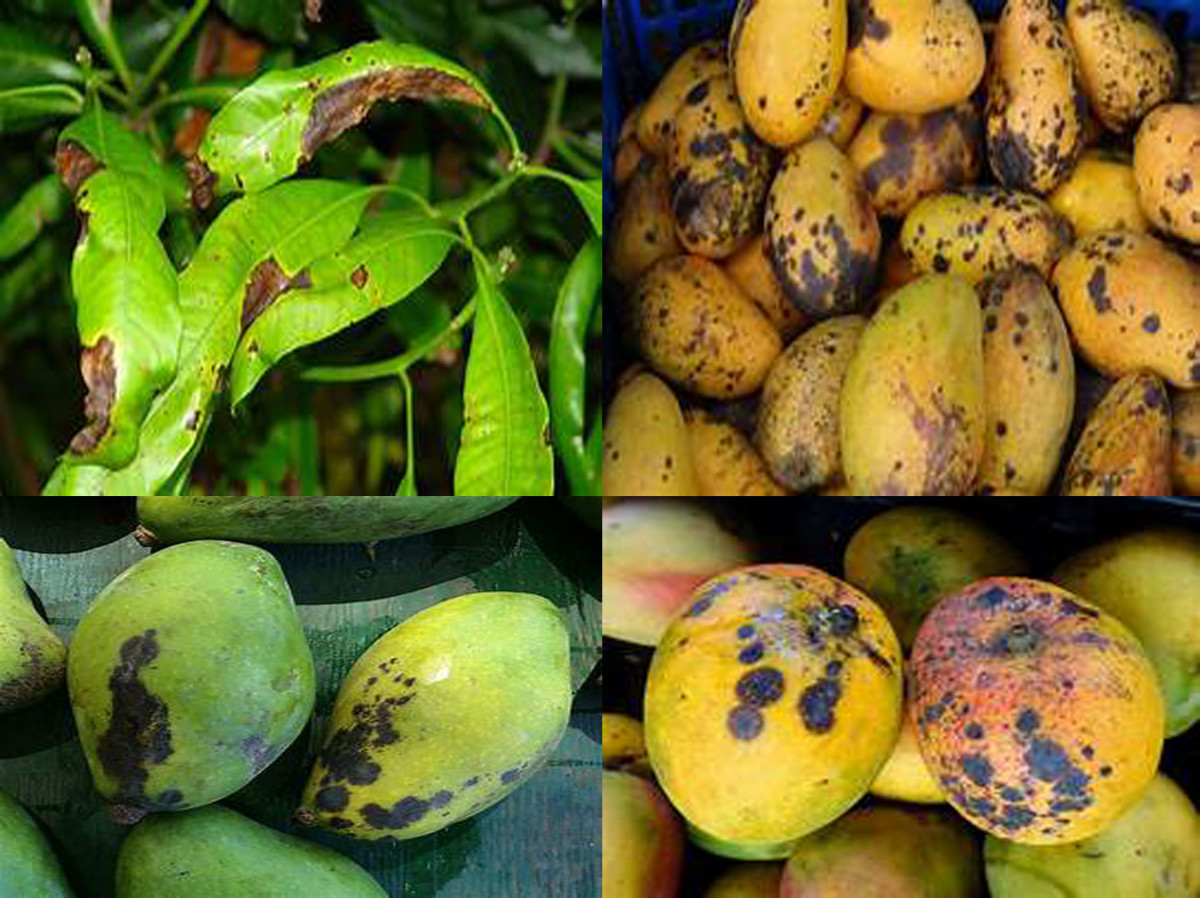Permaculture, Sustainability for Agriculture
Permaculture Basics
Permaculture is an agricultural design that uses the natural environment to grow crops. In this way crops are maintained by the area they are grown in, utilizing aspects of the surrounding environment such as hillsides and streams to support growth. It works like this, a diverse range of crops are chosen to be planted together in a specific location, say your house or that small farm out in the country. Farmers look for compatibility between plants so they support and benefit one another by providing different biological services. Some of these services may include beans being planted next to tomatoes to increase nutrients in the soil and allow for better tomatoes. While certain herbs such as lavender and basil can repel unwanted pests from other crops and still provide a yield themselves. This relationship is first observed by the permaculture designer in the area, where he asks himself, "what would grow well under the shade of trees next to the house, or the stream running through the back yard". Observing one's direct environment is paramount to permaculture's design because it is the initial step to allowing the environment to naturally maintain the crops being planted, which incorporates the overall goal of creating a low maintenance high yield sustainable form of agriculture. This step, of a farmer observing his local area, customizes his permaculture plot as he utilizes what works best for the landscape. As the permaculture plot grows, high maintenance plants are place close to the base (house) of operations for easy access. While crops planted farther from the base are ones that require less maintenance, eventually reaching a point away from the house where no maintenance is required and forests are allowed to grow. This reduces stress on the environment by allowing natural systems to continue their role without being interrupted, as is the case when land is cleared for industrial agriculture plots. Plants requiring shade are planted near trees on the property, ones that handle excessive moisture well are planted in the wettest areas and so on. Incorporating the natural environment allows farmers to reduce their work load by letting nature care for the plants and at the same time increasing long term yields because of its sustainability. Permaculture is an alternative method to industrial and mono-crop (along with other other types) farming that has hopes of becoming a large scale sustainable solution to environmental problems.
Agriculture and Permaculture
Permaculture has played an important role in developing sustainable agriculture techniques around the world. Modern initiatives work in developing nations where industrial farming is less common than subsistence and small scale family farms. Therefore it is easier to establish a newer system by not having to completely change the old system of farming. But permaculture is not something that is completely new in these areas, because of its use of the natural environment many cultures already have experience with individual permaculture techniques; which to them are traditional farming techniques used by their ancestors and shown to be practical. These old techniques are simply practiced in unison with other sustainable farming practices; demonstrating the flexibility of permaculture. In this way techniques combine into an entire system that can be called permaculture. Farmers are also able to visibly see results and share ideas because of permaculture's grassroots organization; when it is being established in an area the direct results of test plots can be seen and encourage farmers to use the techniques involved.
Permaculture Flower
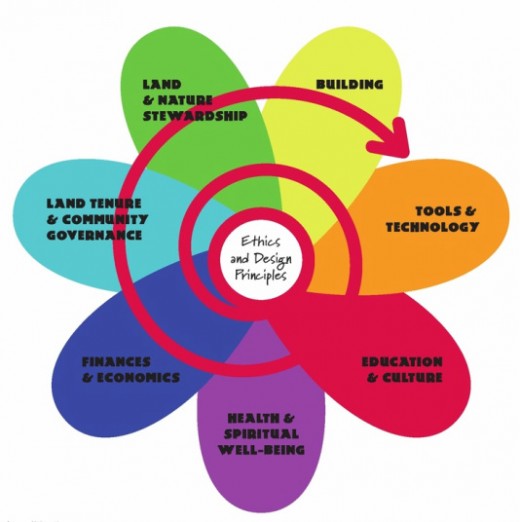
Sustainability and Permaculture
In comparison to industrial style agriculture that is seen the American Midwest, where one type of crop is grown over immense plots of land, permaculture grows many crops in unison each benefiting one another. In this way the land is not over burdened with many plants of the same variety all requiring the same nutrieints. When diverse crops are grown together the nutrient requirments are not as compounded. In not taxing the soil as much fields can be grown year in and year out without the need for crop rotations, this increases yields and decreases land usage (a major concern with increasing population). Plots are self-sufficient, meaning there is less input needed, reducing fertilizing, watering and various other maintenance efforts that require time and energy or diminish the environment of resources.
Permaculture Design
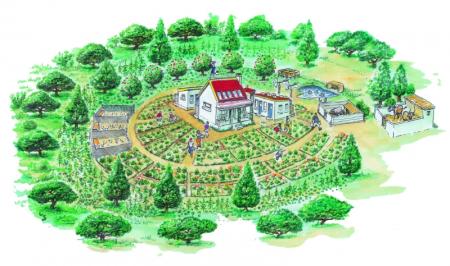
Permaculture Now
From an alternative system of agriculture to the idea of incorporating entire cultures into sharing and spreading the idea of sustainable farming, permaculture has quickly evolved through its demonstration and results into a modern mindset for sustainability. It has also become more of a cultural idea then just an agricultural one. People are adopting the system as a way of life, where growing crops in this sustainable way is becoming a positive message communities can build off of. This powerful way of displaying permaculture greatly impacts the impoverished regions it can be applied to; where people can practice the idea, share techniques and build a sustaining community off of principles for a better Earth.


